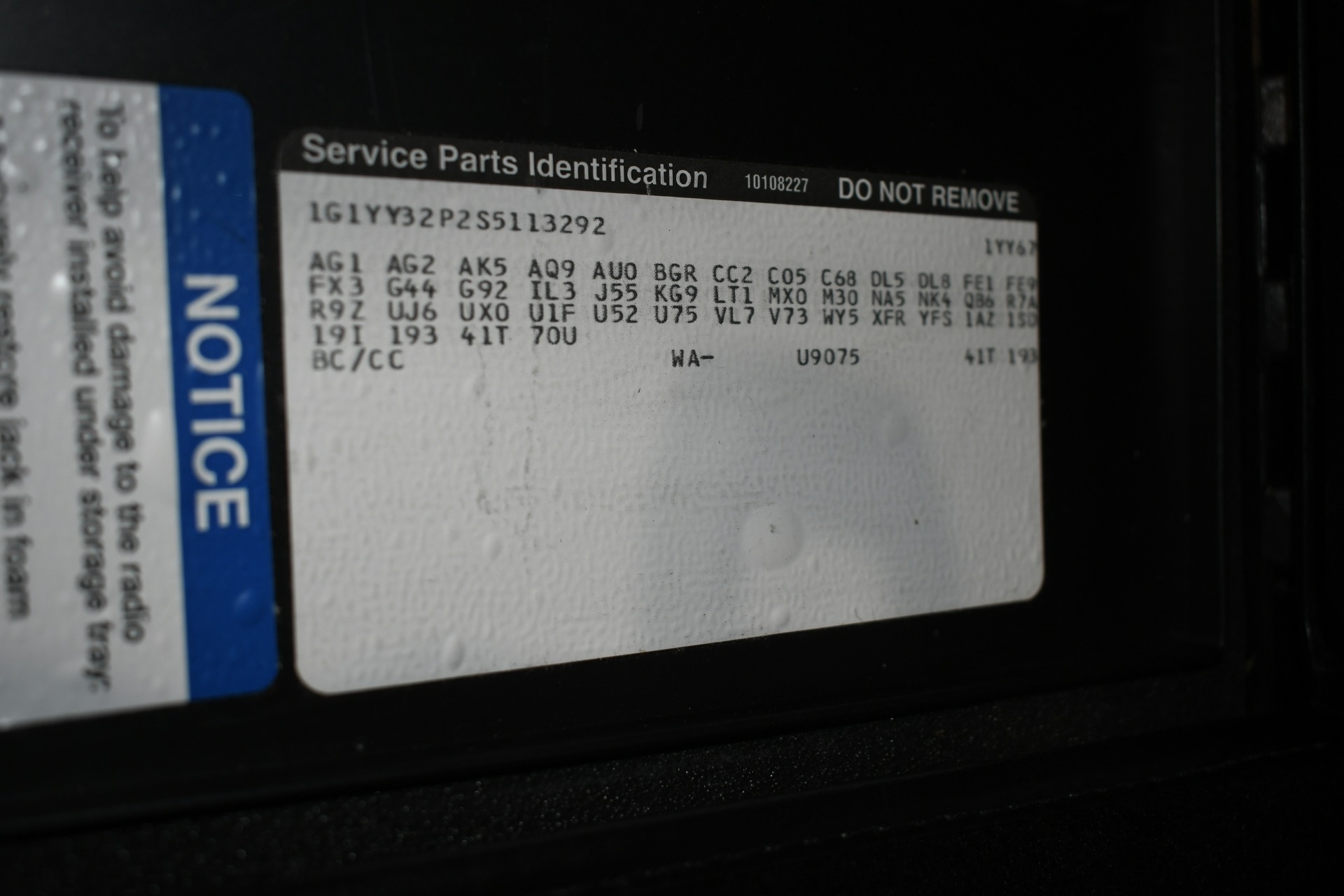

an account. You can:
Access your saved cars on any device.
Receive Price Alert emails when price changes,
new offers become available or a vehicle is sold.


Uncovering Auto Fraud: VIN Swaps, Stolen Cars, and How to Protect Yourself
The used car market is a dynamic, fast-moving space — and unfortunately, it’s also fertile ground for fraud. Among the most serious and costly scams is Vehicle Identification Number (VIN) fraud, particularly VIN cloning or swapping, which can involve stolen vehicles being re-sold to unsuspecting buyers. Whether you’re a first-time car buyer or a seasoned gearhead, understanding how to spot these scams is essential.
🔍 What Is VIN Fraud?
Every vehicle has a unique 17-character VIN stamped on it — essentially its DNA. It tells you where the car was made, the year, the model, and more. In VIN fraud, scammers alter or replace the VIN on a stolen car to match the VIN of a legally registered vehicle of the same make and model.
There are typically two types of VIN fraud:
-
VIN Cloning: The thief copies the VIN from a legally owned car and places it on a stolen vehicle. This makes the stolen car appear clean and legitimate on paper.
-
VIN Alteration: The actual VIN is physically changed using forged metal plates or ground-off and restamped numbers.
Once altered, the stolen vehicle can be sold to a buyer who may have no idea they just purchased a stolen car — until it’s too late.
🚨 Real-World Consequences
-
The buyer can lose the car and their money if law enforcement seizes it.
-
Insurance may be invalidated once fraud is discovered.
-
The original car owner may never recover their stolen vehicle.
-
The scammer disappears with the cash, leaving victims in a legal mess.
🛡️ How to Spot VIN Fraud and Protect Yourself
If you’re shopping for a used vehicle, here’s how to stay safe:
1. Check the VIN in Multiple Locations
Make sure the VIN matches across:
-
The dashboard (driver’s side)
-
The driver’s side door jamb
-
The engine block
-
The vehicle title and registration
Inconsistencies could indicate tampering.
2. Run a Vehicle History Report
Use services like:
-
National Insurance Crime Bureau (NICB) VINCheck (Free)
These can show whether the car has been reported stolen, salvaged, or had odometer rollbacks.
3. Get a Professional Inspection
A mechanic or automotive inspector can identify signs of VIN tampering or hidden damage consistent with theft recovery.
4. Verify the Seller’s Identity
Always ask to see a valid ID and compare it to the name on the vehicle title. Be wary of sellers who avoid meeting in person, rush the sale, or don’t have paperwork in order.
5. Beware of Prices Too Good to Be True
If a deal seems unusually cheap, especially for the make and model, it might be a red flag.
6. Use Reputable Dealers
If buying from a dealership, look for licensed and bonded sellers. They are legally required to verify a vehicle’s history.
7. Verify the VIN Through the Manufacturer
Contact the vehicle’s Original Equipment Manufacturer (OEM) directly or visit a certified dealership. Many automakers offer VIN lookup tools or can confirm details such as original build specs, warranty history, and service records. If the VIN doesn’t match the expected trim level or options, it could be a cloned or altered vehicle.
🧠 Final Thoughts
Buying a car — even a used one — is a major investment. Don’t let your dream ride turn into a legal nightmare. A few extra minutes of due diligence can save you thousands of dollars and months of frustration. When in doubt, trust your gut and walk away.
